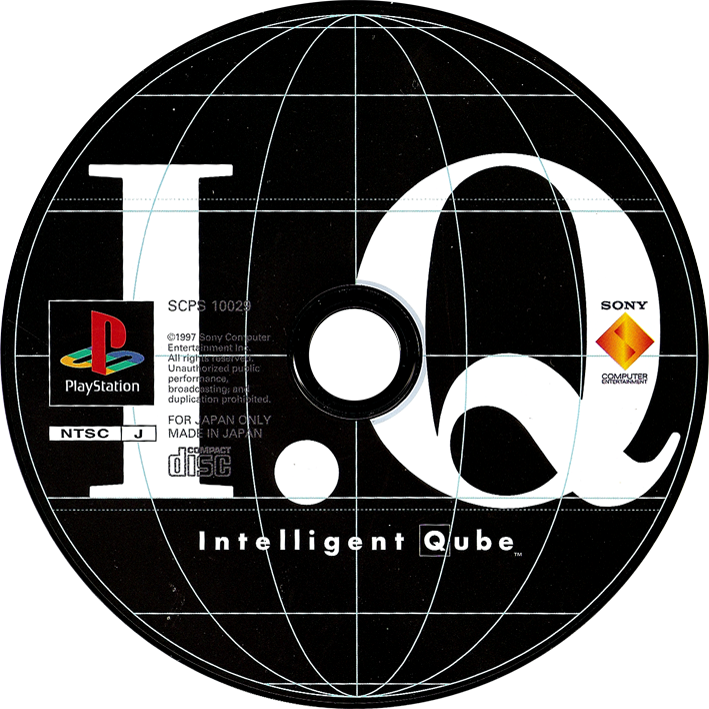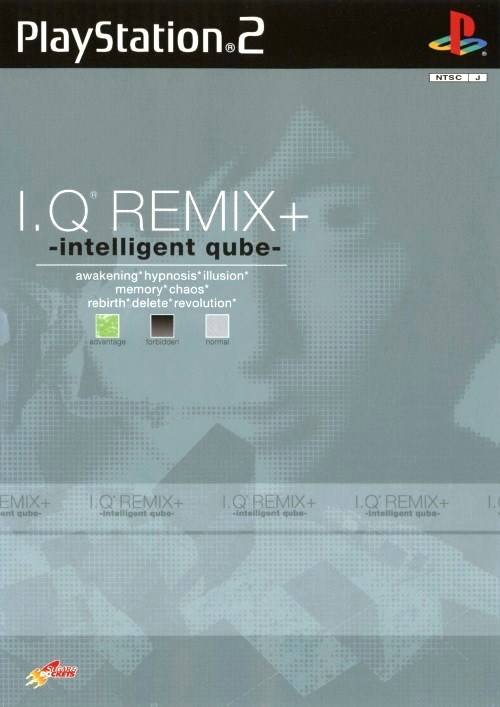

These can be activated at any time to delete multiple tiles in a radius around them. Grey blocks delete one at a time, while green blocks, once deleted, leave green highlights on the tile they were deleted on.

You can activate one tile at a time, which turns that tile blue, and once a cube rolls onto it you then have to press the button a second time to delete the cube, thereby turning the tile red. Your current move count is highlighted in the upper right corner of the screen for example, 5/5 or 8/8. You must delete every grey and green cube while avoiding the black cubes - ideally, you’ll achieve this within the number of moves the game suggests for the best score per round. There are various assortments of grey, black, and green cubes. At the start of each round (there are multiple rounds per level), the floor rises and reveals a block of colored cubes that all begin tumbling toward the player, one forward rotation at a time. For some unexplained reason, you are trapped in a void on a floating plane of cubes - think of it effectively as a grid of square tiles. is that you play as some guy who looks like he maybe stumbled out of the “Money for Nothing” video from the ’80s band Dire Straights. But really, that’s nothing one can’t easily overlook. now that I’m playing it as a middle-aged adult - is that its barebones presentation gets in the way of the core gameplay a little more than I would prefer. For me, it is the perfect puzzle game, perhaps only outmatched by the Game Boy version of Tetris. I played the heck out of that game and have always held it in high regard. I was 17, and some might say this was my first love. originally released on January 31, 1997, in Japan, and it came Stateside that October. The others meanwhile have boring-by-comparison vertical scrolling white text on a black background.I.Q. The Japanese version has the player character running down a cubed floor emblazoned with the credits while spotlights swing around. The credit sequence is also different between the Japanese and other versions. The Japanese version instead only prints info regarding screen state changes and play area resizing. The US and European versions print out memory-related information to any attached debuggers throughout the gameplay. Also, the Controller menu option is known as Key Config.

The main menu options are singular in the Japanese version. Selecting the options in the Japanese version does not require confirmation afterwards, others do. The options on the pause screen do the same thing in each version but have different labels. In the US & PAL versions, only Circle works. The Stage Bonus calculation after clearing a stage can be skipped in the Japanese version by pressing Square or Circle. The name change also results in the opening title FMV being omitted from the European version, rather than recreating it to accommodate the new name. Obviously with different names come different title screens. (Source: What Makes A Genius: Intelligent Qube's IQ Algorithm) Regional Differences I.Q. Note that the percentage for a stage isn't applied to your total score, just the points attained on that stage - the game tracks this separately. The number when you either finish the game or die is actually the sum of various percentages applied to points gained throughout the stages. The method of deriving the IQ score isn't divulged by the game. Some of the existing puzzles have been changed between this early file and the final, but due to the random nature of puzzle selection it's hard to pinpoint exactly which. This results in many standard-block-only puzzles. It's almost twice as large as the final versions but while this "new" data consists of valid puzzles, it is mostly zero bytes. Pressing X goes back or cancels the menu.Įach region contains identical puzzle data, but the Japanese disc has an earlier file with puzzle data at /Enemy/Group.Dat. Don't do it while a demo is playing or you'll be unable to exit the menu.Įach option leads to a submenu if you press Circle. In order to enable it in a much easier manner, use the following GameShark codes and hold L1 while in a stage. Holding those buttons then somehow pressing Start + L1 would have given access to a menu. Unfortunately, one of the control variables of the mode is permanently set to 0 so no amount of controller gymnastics will now activate them. It comes in two parts which would have been activated by holding Down + Triangle + R1 + L2 then pressing other buttons. contains a reasonably sized but half-working debug mode.


 0 kommentar(er)
0 kommentar(er)
